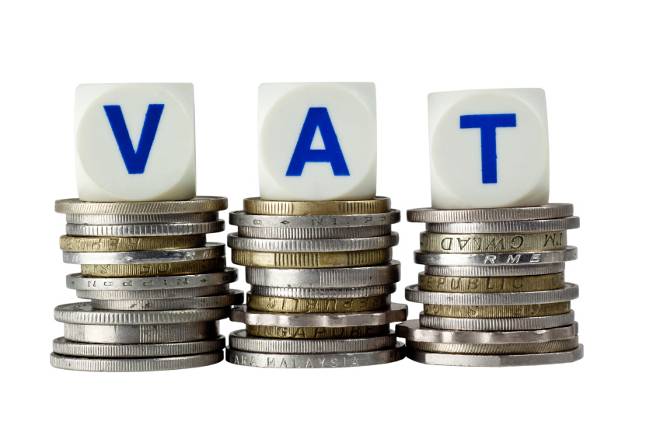A report by the World Bank Group states that filing times have increased by 17 hours in Pakistan due to the introduction of a new provincial VAT (value-added tax) system, and this has only added to the problem. The VAT system has its merits of course. The VAT tax tracks money at all points of the supply chain, it makes the system more rigorous, and harder to evade. The point of imposing the VAT in 2010, when the IMF suggested it, was to remove tax exemptions and have a single rate and a zero rate, rather than different rates. The main difference between VAT and sales tax is that the latter is charged only to the end-user, but tax on value-added is calculated at every stage of production process and rebate claimed; and the government collects tax from the end-user. There is therefore more paperwork involved. Depending on the scale of the business of the supplier, the accuracy of the values in invoices may differ, especially in a developing country like Pakistan.
Our economy has a large informal sector and cash transactions are usually the norm. No receipts, no invoices and no tax paid, whether the final user is purchasing goods or a service. Many inputs used in the informal sector might have already paid value-added tax and thus government would have still received VAT from these inputs. The informal sector is 40 per cent of the economy in Pakistan and this argument breaks down. The government has been encouraging a shift to the VAT, by means of offering it as an alternative to the sales tax. For those who switch, they will have their sales tax refunded. This has caused fake refund claims of at least Rs 100 billion.
It is a difficult process that nobody has been willing to properly engage in. The VAT system has failed to broaden the tax base, and this is not the fault of policy but also of taxpayer dishonesty.
Saturday, April 20, 2024
Value Added Troubles

Freedom Flotilla prepares for humanitarian aid delivery to Gaza
9:14 AM | April 20, 2024
22 suspects arrested
April 20, 2024
Policitising Tragedy
April 20, 2024
Tehran to Rafah
April 20, 2024
A New Leaf
April 20, 2024
A Tense Neighbourhood
April 19, 2024
Dubai Underwater
April 19, 2024
Dangers of Deepfakes
April 20, 2024
Feudalism
April 20, 2024
Kite tragedy
April 19, 2024
Discipline dilemma
April 19, 2024
Urgent plea
April 19, 2024
ePaper - Nawaiwaqt
Advertisement
Nawaiwaqt Group | Copyright © 2024





